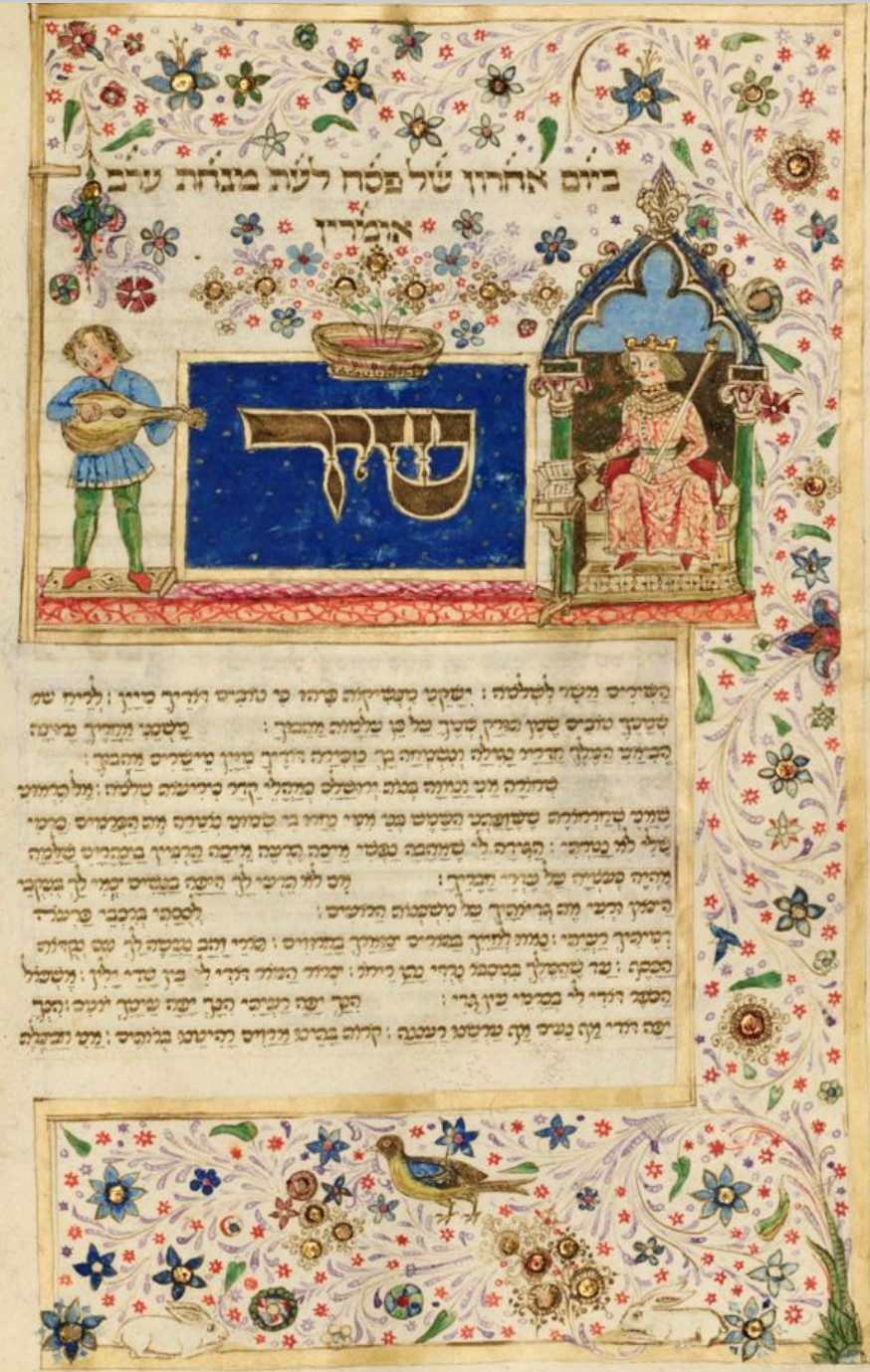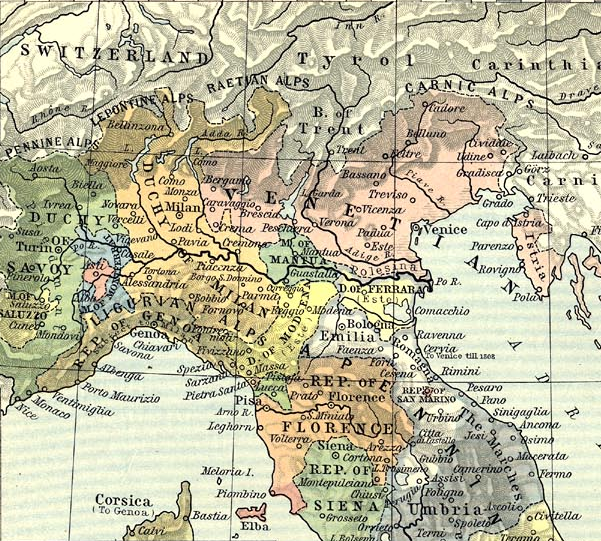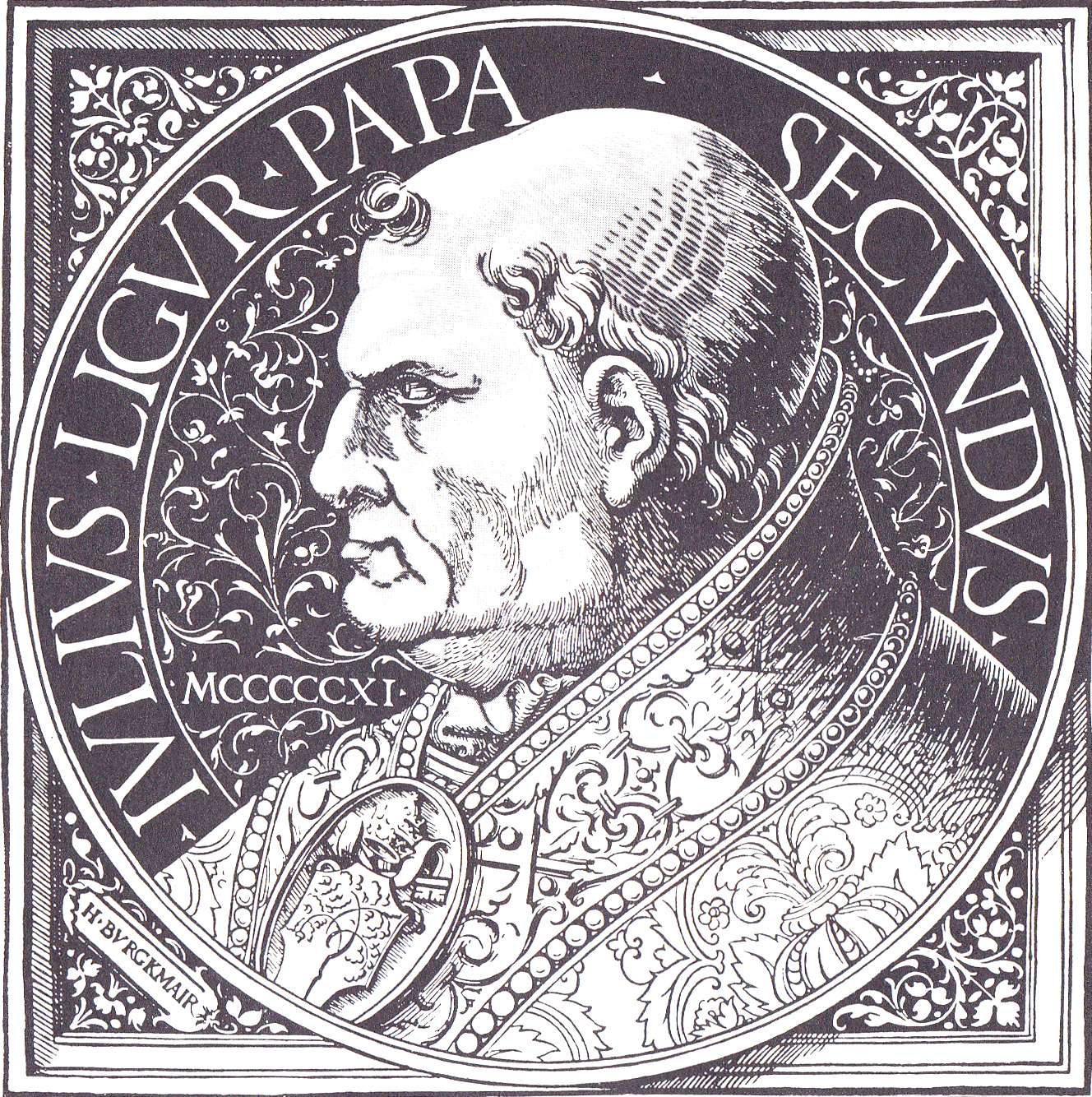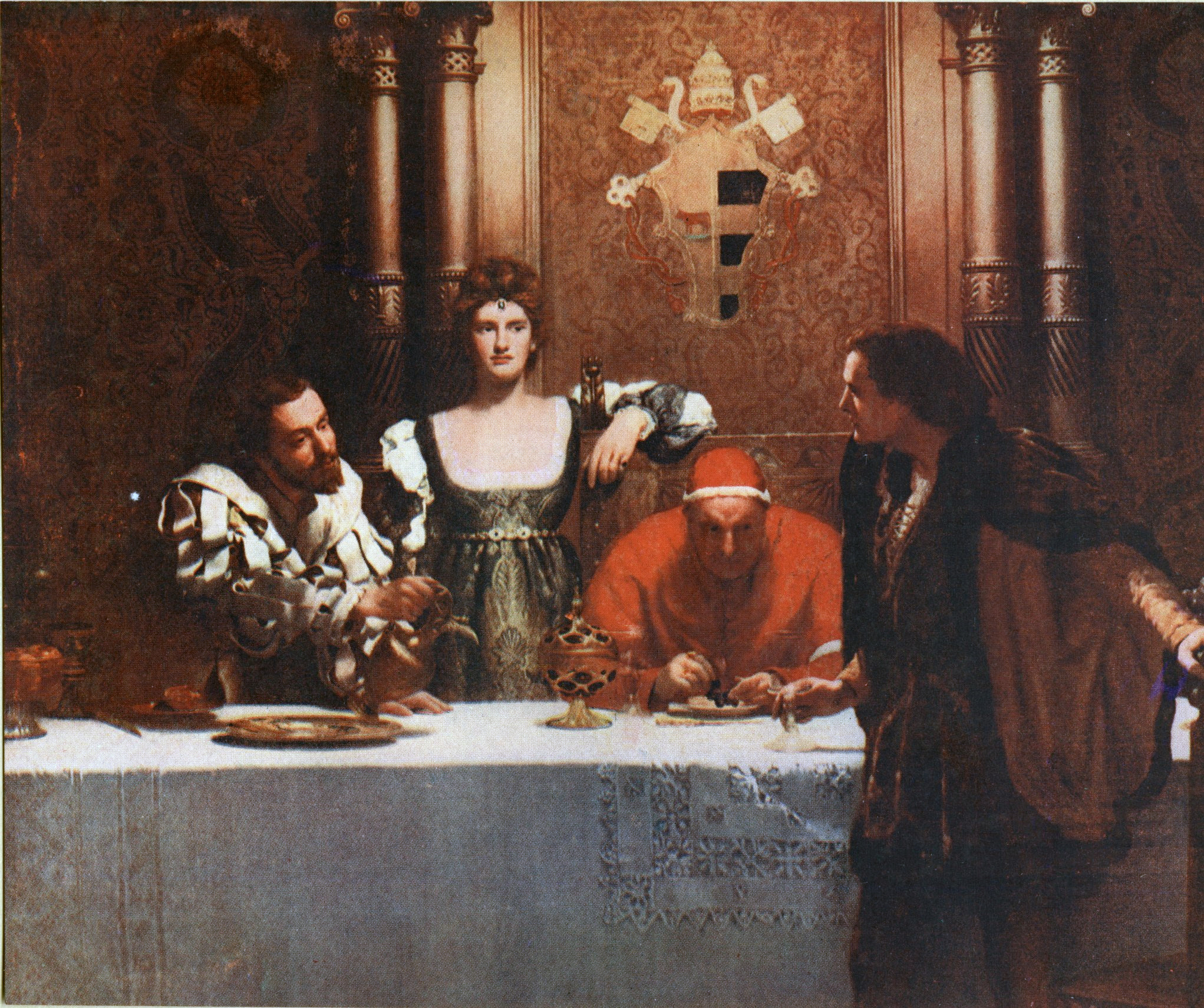|
Stephen Teglatius
Stephen Teglatius (Theglatius, de Taleazis; , ) served as an Roman Catholic Archdiocese of Bar, Archbishop of Bar in the late 15th century. He is notable for contemporary treatises illuminating the continued commitment to the Crusading movement, idea of the crusade and the issues with their organisation during this period. Biography There is little information of his early years but it is probable that he left the Republic of Venice for Rome following Pope Paul II, Cardinal Pietro Barbo or after the latter's election as pope and lived in the city during the pontificates of Sixtus IV and Innocent VIII. His first recorded mention was his appointment as Archdiocese of Bar, Archbishop of Bar, then under Venetian control, in November 1473 by Sixtus IV. He later held the title of Latin Archbishopric of Patras, Archbishop of Patras . In September 1485, Innocent VIII created him bishop of Torcello. From 1480, he was a member of the Curia romana, Curia as a pontifical orator despite fre ... [...More Info...] [...Related Items...] OR: [Wikipedia] [Google] [Baidu] |
Roman Catholic Archdiocese Of Bar
The Archdiocese of Bar (; ; ) is a Latin Church diocese of the Catholic Church in Montenegro."Archdiocese of Bar (Antivari)" ''Catholic-Hierarchy.org''. David M. Cheney. Retrieved February 29, 2016"Archdiocese of Bar" ''GCatholic.org''. Gabriel Chow. Retrieved February 29, 2016 It is centred in the city of Bar, Montenegro, Bar. It was erected as a diocese in the 9th century and elevated to an archdiocese in 1089. The Archbishopric was by the Pope's decree abolished some time after 1140, until it was restored by the Serbian medieval Nemanjić dynasty in 1199.The Archbishops regularly bore titles of "Primate (bishop), Primates of Serbia" (''Primas Ser ... [...More Info...] [...Related Items...] OR: [Wikipedia] [Google] [Baidu] |
Torcello
Torcello (; ) is a sparsely populated island at the northern end of the Venetian Lagoon, in north-eastern Italy. It was first settled in 452 AD and has been referred to as the parent island from which Venice was populated. It was a town with a cathedral and bishops before St Mark's Basilica was built. History After the downfall of the Western Roman Empire, Torcello was one of the first lagoon islands to be successively populated by those Veneti who fled the ''terra ferma'' (mainland) to take shelter from the recurring barbarian invasions, especially after Attila the Hun had destroyed the city of Altinum and all of the surrounding settlements in 452. Although the hard-fought Veneto region formally belonged to the Byzantine Exarchate of Ravenna since the end of the Gothic War, it remained unsafe on account of frequent Gothic (Sarmatian) invasions and wars: during the following 200 years the Lombards and the Franks fuelled a permanent influx of sophisticated urban refugees t ... [...More Info...] [...Related Items...] OR: [Wikipedia] [Google] [Baidu] |
Song Of Songs
The Song of Songs (), also called the Canticle of Canticles or the Song of Solomon, is a Biblical poetry, biblical poem, one of the five ("scrolls") in the ('writings'), the last section of the Tanakh. Unlike other books in the Hebrew Bible, it is erotic poetry; lovers express passionate desire, exchange compliments, and invite one another to enjoy. The poem narrates an intense, poetic love story between a woman and her lover through a series of sensual dialogues, Dream, dreams, Metaphor, metaphors, and warnings to the “daughters of Jerusalem” not to awaken love before its time. Modern scholarship tends to hold that the lovers in the Song are unmarried, which accords with its ancient Near East context. The women of Jerusalem form a Greek chorus, chorus to the lovers, functioning as an audience whose participation in the lovers' erotic encounters facilitates the participation of the reader. Most scholars view the Song of Songs as erotic poetry celebrating human love, not di ... [...More Info...] [...Related Items...] OR: [Wikipedia] [Google] [Baidu] |
Leonardo Loredan
Leonardo Loredan (; ; 16 November 1436 – 22 June 1521) was a Republic of Venice, Venetian nobleman and statesman who reigned as the 75th Doge of Venice from 1501 until his death in 1521. As a wartime ruler, he was one of the most important doges in the History of the Republic of Venice, history of Venice. In the dramatic events of the early 16th century, Loredan's Machiavellian plots and cunning political manoeuvres against the War of the League of Cambrai, League of Cambrai, the Ottoman Empire, Ottomans, the Mamluk, Mamluks, the Papal States, Pope, the Republic of Genoa, the Holy Roman Empire, the Kingdom of France, French, the Mamluk Sultanate, Egyptians and the Portuguese Empire, Portuguese saved Venice from downfall. Born into the noble House of Loredan, Loredan family in 1436, Leonardo dedicated his youth to classical education, after which he focused on trade in Africa and the Levant, in line with family tradition. Legend has it that in Africa a fortune-teller predicted ... [...More Info...] [...Related Items...] OR: [Wikipedia] [Google] [Baidu] |
Doge (title)
A doge ( , ; plural dogi or doges; see #Usage, below) was an elected lord and head of state in several Italy, Italian city-states, notably Republic of Venice, Venice and Republic of Genoa, Genoa, during the medieval and Renaissance periods. Such states were referred to as crowned republics. Doges wore a special hat, the Corno ducale and usually ruled life-long. The office of the doge in English is termed a ''dogeship''. Etymology The word ''doge'' comes from Venetian language, Venetian Italian, and, like its standard Italian language , Italian cognate ''duce'' (as in Benito Mussolini , Mussolini's title "Il Duce"), is derived from the Latin ', meaning either "spiritual leader" or "military commander". The political term ''doge'' reached English language, English via French language, French, along with the related English derivation ''duke''. In standard Italian language, Italian, the two derivations from the Latin word ''dux'' – ' and ' (both masculine; feminine: ') – a ... [...More Info...] [...Related Items...] OR: [Wikipedia] [Google] [Baidu] |
Interdict
In Catholic canon law, an interdict () is an ecclesiastical censure, or ban that prohibits certain persons or groups from participating in particular rites, or that the rites and services of the church are prohibited in certain territories for a limited or extended time. Definition An interdict is a censure, or prohibition, excluding the faithful from participation in certain holy things, such as the Liturgy, the sacraments (excepting private administrations of those that are of necessity), and ecclesiastical burial, including all funeral services.Boudinhon, Auguste. "Interdict." The Catholic Encyclopedia Vol. 8. New York: Robert Appleton Company, 1910. 26 January 2023 The prohibition varies in degree, according to the different kinds of interdicts. Interdicts are either local or persona ... [...More Info...] [...Related Items...] OR: [Wikipedia] [Google] [Baidu] |
Excommunicated
Excommunication is an institutional act of religious censure used to deprive, suspend, or limit membership in a religious community or to restrict certain rights within it, in particular those of being in communion with other members of the congregation, and of receiving the sacraments. It is practiced by all of the ancient churches (such as the Catholic Church, Oriental Orthodox churches and the Eastern Orthodox churches) as well as by other Christian denominations; however, it is also used more generally to refer to similar types of institutional religious exclusionary practices and shunning among other religious groups. The Amish have also been known to excommunicate members that were either seen or known for breaking rules, or questioning the church, a practice known as shunning. Jehovah's Witnesses use the term disfellowship to refer to their form of excommunication. The word ''excommunication'' means putting a specific individual or group out of communion. In some denomi ... [...More Info...] [...Related Items...] OR: [Wikipedia] [Google] [Baidu] |
War Of The League Of Cambrai
The War of the League of Cambrai, sometimes known as the War of the Holy League and several other names, was fought from February 1508 to December 1516 as part of the Italian Wars of 1494–1559. The main participants of the war, who fought for its entire duration, were Early modern France, France, the Papal States, and the Republic of Venice; they were joined at various times by nearly every significant power in Western Europe, including Spain, the Holy Roman Empire, Kingdom of England, England, the Duchy of Milan, the Republic of Florence, the Duchy of Ferrara, and the Swiss mercenaries, Swiss. The war started with the ''Italienzug'' of Maximilian I, Holy Roman Emperor, Maximilian I, King of the Romans, crossing into Venetian territory in February 1508 with his army on the way to be Coronation of the Holy Roman Emperor, crowned Holy Roman emperor by the pope in Rome. Meanwhile, Pope Julius II, intending to curb Venetian influence in northern History of Italy during foreig ... [...More Info...] [...Related Items...] OR: [Wikipedia] [Google] [Baidu] |
Pigna (rione Of Rome)
Pigna () is the 9th ''rione'' of Rome, Italy, identified by the initials R. IX, and belongs to the Municipio I. The name means "pine cone" in Italian, and the symbol of the is the colossal bronze pine cone standing in the middle of the homonymous fountain. The fountain, which was initially located in the Baths of Agrippa, now decorates a vast niche in the wall of the Vatican facing the , located in Vatican City. History In the Roman period, the giant bronze ''pigna'' that gives the name to the ''rione'' once decorated a fountain and the water flowed copiously from the top of the pine cone. The Pigna was moved first to the Old Basilica of Saint Peter, where Dante saw it and employed it in the ''Divina Commedia'' as a simile for the giant proportions of the face of Nimrod.Dante, ''Inferno'' xxxi. 58f In the 15th century it was moved to its current location, the upper end of Bramante's Cortile del Belvedere, which is now usually called in its honour the ''Cortile della Pigna'' ... [...More Info...] [...Related Items...] OR: [Wikipedia] [Google] [Baidu] |
Julius II
Pope Julius II (; ; born Giuliano della Rovere; 5 December 144321 February 1513) was head of the Catholic Church and ruler of the Papal States from 1503 to his death, in February 1513. Nicknamed the Warrior Pope, the Battle Pope or the Fearsome Pope, it is often speculated that he had chosen his papal name not in honor of Pope Julius I but in emulation of Julius Caesar. One of the most powerful and influential popes, Julius II was a central figure of the High Renaissance and left a significant cultural and political legacy. As a result of his policies during the Italian Wars, the Papal States increased their power and centralization, and the office of the papacy continued to be crucial, diplomatically and politically, during the entirety of the 16th century in Italy and Europe. In 1506, Julius II established the Vatican Museums and initiated the rebuilding of the St. Peter's Basilica. The same year he organized the famous Swiss Guard for his personal protection and commanded a su ... [...More Info...] [...Related Items...] OR: [Wikipedia] [Google] [Baidu] |
Adriatic
The Adriatic Sea () is a body of water separating the Italian Peninsula from the Balkans, Balkan Peninsula. The Adriatic is the northernmost arm of the Mediterranean Sea, extending from the Strait of Otranto (where it connects to the Ionian Sea) to the northwest and the Po Valley. The countries with coasts on the Adriatic are Albania, Bosnia and Herzegovina, Croatia, Italy, Montenegro, and Slovenia. The Adriatic contains more than 1,300 islands, mostly located along its eastern coast. It is divided into three basins, the northern being the shallowest and the southern being the deepest, with a maximum depth of . The prevailing currents flow counterclockwise from the Strait of Otranto. Tidal movements in the Adriatic are slight, although acqua alta, larger amplitudes occur occasionally. The Adriatic's salinity is lower than the Mediterranean's because it collects a third of the fresh water flowing into the Mediterranean, acting as a dilution basin. The surface water temperatures ... [...More Info...] [...Related Items...] OR: [Wikipedia] [Google] [Baidu] |
Borgia
The House of Borgia ( ; ; Spanish and ; ) was a Spanish noble family, which rose to prominence during the Italian Renaissance. They were from Xàtiva, Kingdom of Valencia, the surname being a toponymic from the town of Borja, then in the Crown of Aragon, in Spain. The Borgias became prominent in ecclesiastical and political affairs in the 15th and 16th centuries, producing two popes: Alfons de Borja, who ruled as Pope Callixtus III during 1455–1458, and his nephew Rodrigo Lanzol Borgia, as Pope Alexander VI, during 1492–1503. Especially during the reign of Alexander VI, they were suspected of many crimes, including adultery, incest, simony, theft, bribery, and murder (especially murder by arsenic poisoning). Because of their grasping for power, they made enemies of the Medici, the Sforza, and the Dominican friar Girolamo Savonarola, among others. They were also patrons of the arts who contributed to the development of Renaissance art. The Borgia family stands out in ... [...More Info...] [...Related Items...] OR: [Wikipedia] [Google] [Baidu] |







